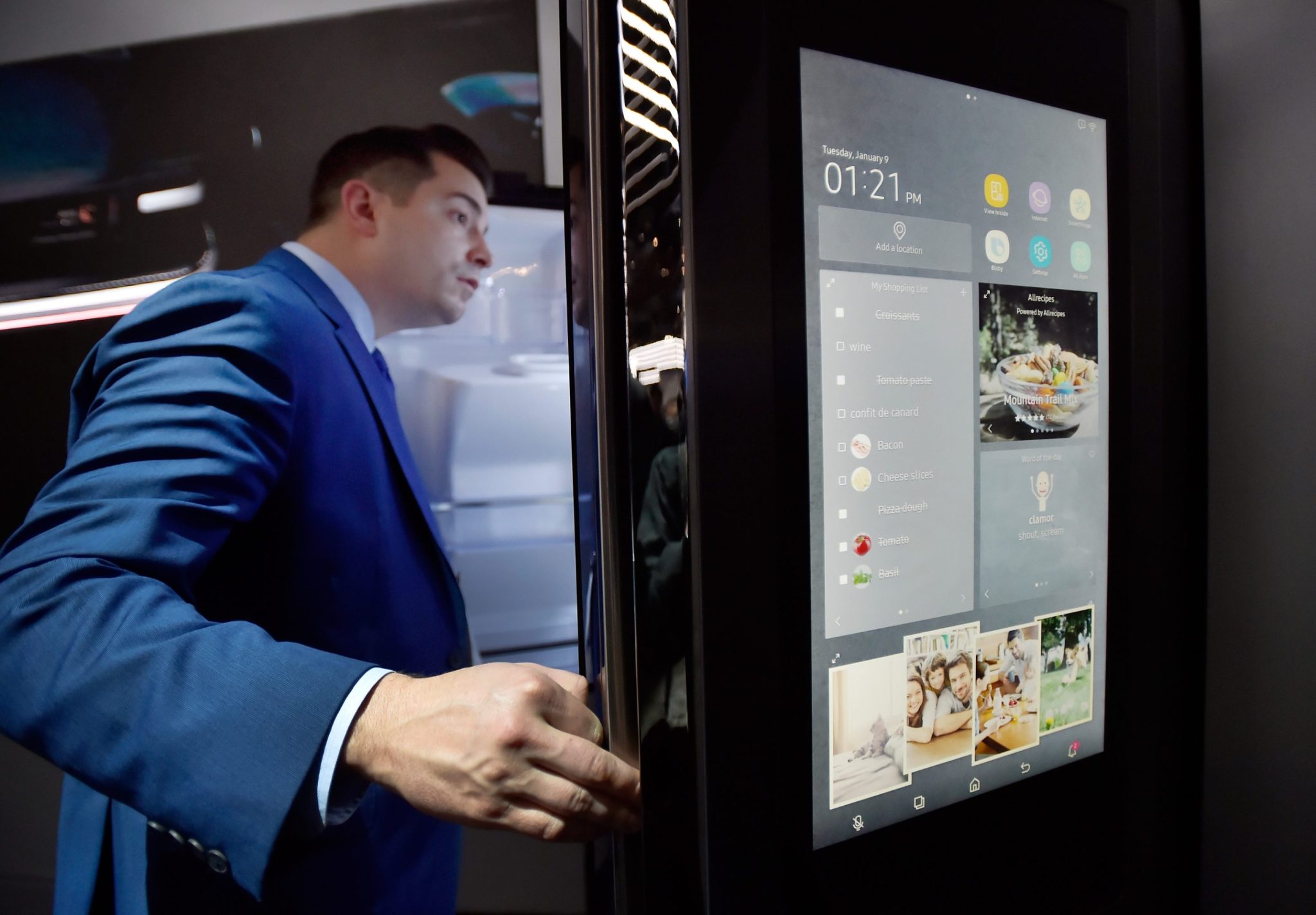
A fifth of your U.S. food‑manufacturing workforce is already 55+, and retirements will accelerate just as digital skills demand spikes. Build a cross‑plant knowledge transfer engine now:
- Document critical operator know‑how.
- Pair seasoned experts with digital natives through structured mentorship/apprenticeship.
- Standardize video‑based work instructions for complex procedures.
Track ROI through time‑to‑proficiency, right‑first‑time and audit findings.
Why act now — numbers that matter
- Aging on the line: In 2024, ~22% of U.S. food‑manufacturing employees were 55+ (289k ages 55-64 and 94k 65+) — a higher median age than many sectors. That’s a concentrated retirement risk for plants that depend on tacit, experience‑based know‑how.
- Talent shortfall ahead: U.S. manufacturers may need 3.8M new workers by 2033 — and ~1.9M roles could go unfilled if gaps persist. Knowledge loss from retirements amplifies this shortage.
- Mentoring & reskilling surge: Global employers expect aging populations to reshape labor markets and increase demand for teaching and mentoring; 85% plan to prioritize upskilling, with ~39% of current skills expected to be reconfigured by 2030.
- Knowledge management is a board‑level risk: APQC’s latest research, The Great Retirement and Knowledge Loss, finds many organizations lack consistent approaches to capture and transfer expertise.
If you oversee multi‑site operations and digital transformation, the business case is straightforward: retirements + skills shift = rising downtime, deviations, and training costs unless you systematize knowledge transfer now.
Strategy 1: Document institutional knowledge from experienced operators
What to capture (beyond SOPs):
- Tacit cues: “What I listen/smell/feel for,” machine‑specific quirks, seasonal/raw‑material variation handling.
- Decision trees: How veterans troubleshoot yield swings, micro holds, allergen changeovers, or sanitation failures.
- Failure memory: Near‑misses, “what we tried that didn’t work,” and tribal fixes you’d never put in a spec.
How to capture it fast:
- Critical knowledge inventory (CKI): Rank roles/processes by business impact × departure risk.
- Shadow & elicit: Structured interviews + video capture during real runs (short, task‑level clips).
- Convert to digital work instructions: Pair micro‑videos (≤90 sec each) with checklists, hazards, and critical to quality (CTQ) specs; embed “what good looks like.”
- Make it findable: Use a searchable repository with metadata (line/asset, allergen state, product family), auto‑transcription, and simple QR access at the point of use. APQC notes AI is increasingly used to support knowledge management discovery and reuse.
- Governance: Align your program to ISO 30401 (knowledge management systems) to formalize roles, lifecycle, and audits (standard updated in 2024).
Executive checkpoint: Measure documentation coverage (%) of top‑risk tasks, search success rate, and reuse frequency (views at the workstation per shift).
Strategy 2: Mentorship programs that blend traditional skills with new technology
Design a two‑way model:
- Master–apprentice (forward): Veteran operators mentor on craft, quality instincts, and line leadership.
- Reverse mentoring (backward): Digital natives coach on MES usage, digital SPC, e‑logs, AR guidance, and AI copilots.
Make it official — not ad hoc:
- Registered Apprenticeship (RA) templates from the U.S. Department of Labor provide wage progression, related instruction hours, and a portable credential. With RA participation rising, manufacturing has a scalable playbook.
- Tie mentor coaching to specific, measurable proficiencies (e.g., reduction of micro deviations, sanitation time, or start‑up scrap).
- Recognize mentors (pay differential, badges) and protect capacity (rostered time for coaching).
Why it matters: As employers brace for an aging workforce and evolving roles, global research anticipates more mentoring and talent‑management intensity — a direct response to demographic shifts.
Strategy 3: Video‑based training systems for complex procedures
Where video beats text in plants:
- Multi‑step, high‑consequence tasks (sterile connections, allergen changeovers, CIP validation, thermal process checks, metal detection challenges).
- Rare events (emergency stops, foreign‑material response) where “read‑and‑understand” training underperforms.
- Language & shift diversity: Visual steps reduce misinterpretation across a multilingual workforce.
Good practice for regulated environments:
- Map videos to controlled SOPs and FSMA training requirements; host in a system that tracks assignments, completions, and version control for audits.
- Keep clips short (≤90 sec), single‑outcome, with captions and hazard callouts; embed quick checks (2-3 questions) to demonstrate competency.
- Use a “show me” toggle on human-machine interfaces (HMIs)/tablets at the point of use so operators can watch, perform, and confirm — closing the loop on right‑first‑time.
Evidence backdrop: Employers worldwide are planning significant upskilling; micro‑learning approaches continue to gain empirical support as effective for skills acquisition — useful when combined with on‑the‑job coaching.
A 90‑day rollout playbook (multi‑site ready)
Days 1-30: Baseline & risk map
- Build your knowledge‑loss heatmap (roles × sites × retirement risk).
- Select 10 procedures with the highest impact on OEE, yield, and audit risk.
- Choose a pilot site/line; set targets: time‑to‑proficiency (TTP), right first time (RFT), deviation rate, training hours per hire.
Days 31-60: Capture & coach
- Film operator walkthroughs during scheduled work (no reenactments).
- Convert to micro‑videos + step checklists; release to a sandbox learning management system (LMS) and/or learning/work instruction (LWI) environment.
- Kick off two‑way mentorship pairs; schedule weekly coaching huddles; log observed proficiencies.
Days 61-90: Lock in & scale
- Run two full plan-do-check-act (PDCA) cycles; retire obsolete tribal steps; freeze v1.0 instructions.
- Export the operating model (templates + governance) to two more sites with 80% reuse and 20% local adaptation.
- Present a board‑level rollout pack: results, risk retired, and an eight‑quarter scale plan.
How to quantify ROI
- Time‑to‑proficiency (TTP): Baseline new‑hire TTP on a key role.
Target: 30-50% reduction via micro‑videos + mentorship. - Right‑first‑time & scrap: Track defect/hold rates on mentored lines vs. control lines.
- Deviations & audit findings: Fewer retraining events and non-conformities (NCs) when instructions are visual, current, and traceable (FSMA alignment).
- Overtime & downtime: Measure start‑up time and changeover duration variance by shift before/after.
- Backfill risk retired: Count procedures captured × incumbents (55+) — tie to avoided production risk using your cost of downtime.
- Talent pipeline value: Apprenticeship completion and retention over 12-24 months (benefiting from the maturing RA ecosystem).
Macro validation: The Manufacturing Institute highlights the scale of the manufacturing gap; programs that compress TTP and widen the skilled pipeline help close the 3.8M/1.9M delta.
Governance that scales (and survives audits)
- Operating model: Knowledge owner (per process), plant knowledge management (KM) lead, central KM/continuous improvement (CI).
- Lifecycle control: Create → Review (90 days) → Train/Assess → Approve → Release → Audit (annual) → Retire.
- Standards alignment: Use ISO 30401 to codify policy, roles, and continuous improvement of the knowledge management system.
- Digital backbone: Central repository (searchable), LMS/LWI integration, single sign-on (SSO), device policies, media retention, and cyber controls.
Executive checklist
Heatmap critical roles vs. retirement risk across all sites.
Fund a knowledge‑transfer sprint (90 days) across three high‑risk lines.
Stand up two‑way mentorship + at least one Registered Apprenticeship pathway per craft.
Convert top 50 procedures into video‑backed digital work instructions with assessment.
Align governance with ISO 30401; add knowledge management to internal audit scope.
Track TTP, RFT, deviations, audit findings, and retention in the monthly ops review.
FAQs for food execs
What should we capture first?
Start with high‑impact, high‑risk procedures (food safety, regulatory, and high‑downtime changeovers). Use critical knowledge index (CKI) scoring to prioritize.
How do we get seasoned operators to participate?
Make them mentors with recognition and time; pair with a motivated “reverse mentor” who handles the digital work.
What about multilingual teams?
Use captioned micro‑videos with icons and on‑screen cues; avoid text‑heavy docs at the point of use.
Will auditors accept video?
Yes — when video supplements controlled SOPs and your LMS/LWI tracks training, versioning, and competency checks (consistent with FSMA training expectations).
How does this tie to enterprise strategy?
It protects throughput and compliance while you scale Industry 4.0 — matching the upskilling and mentoring emphasis global employers report through 2030.
Bottom line: This is not “content capture” — it’s operational risk retirement. By formalizing knowledge transfer before your Baby Boomer experts clock out, you protect throughput, accelerate onboarding, and hard‑wire compliance. Start with one line, one plant, three procedures — and scale the operating model across your network. The data says the timing is right; your metrics will prove the value.

Credit: Source link













